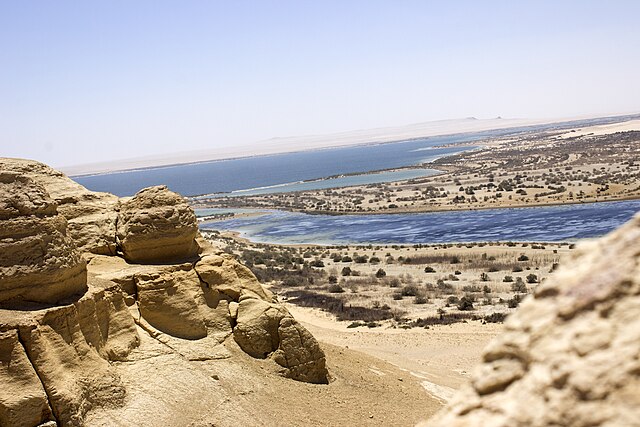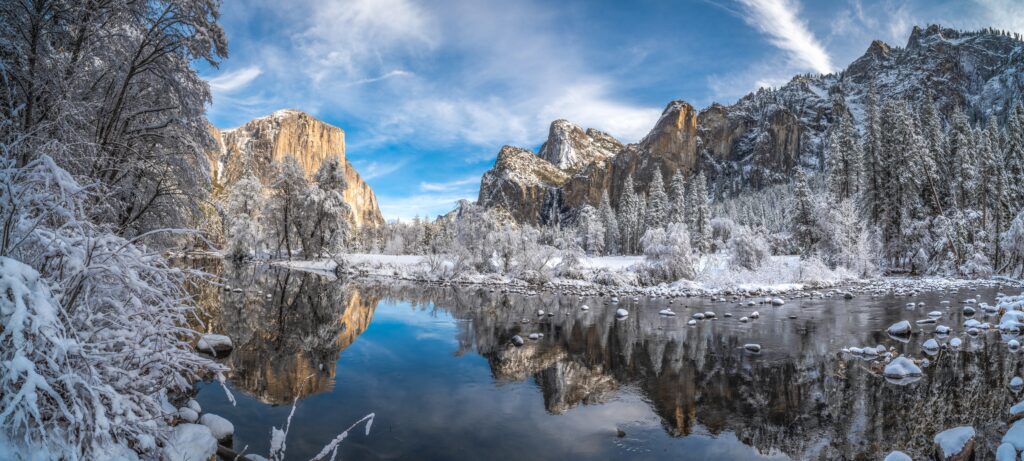
Nestled in the heart of Egypt, Wadi El Rayan Protectorate is a stunning testament to the country’s rich natural heritage. Located approximately 65 kilometers southwest of Cairo, this vast expanse of protected desert landscape is renowned for its unique geological features, diverse ecosystems, and the captivating Wadi El Rayan Lakes. This blog post will delve into the significance, features, and conservation efforts surrounding Wadi El Rayan, highlighting why it deserves a spot on every traveler’s itinerary.
Historical Context
The Formation of Wadi El Rayan
Wadi El Rayan was officially designated as a protectorate in 1989, covering an area of around 1,500 square kilometers. The region’s geological formation is a result of millions of years of natural processes, including erosion and sedimentation, which have created a unique landscape of valleys, lakes, and sand dunes. The area is also home to numerous fossils and archaeological sites, hinting at its long history and the evolution of life in the region.
Human Inhabitance
Historically, the area has been inhabited by various cultures, including the ancient Egyptians, who recognized the importance of water and agricultural development in the desert. The nearby Faiyum Oasis has been an agricultural hub since antiquity, showcasing the region’s longstanding connection between human civilization and its natural resources.
Natural Features
The Wadi El Rayan Lakes
At the heart of the protectorate are the Wadi El Rayan Lakes, two man-made lakes that serve both ecological and recreational purposes. These lakes were created in the 1970s to manage water from agricultural drainage and are now a critical habitat for a variety of wildlife.
Lake 1 and Lake 2
Lake 1: This larger lake is a popular spot for fishing and picnicking. Its shores are lined with lush vegetation, providing a stark contrast to the surrounding desert. The lake supports a rich array of bird species, making it a paradise for birdwatchers.
Lake 2: Smaller but equally beautiful, Lake 2 is famous for its tranquil atmosphere. Visitors can often spot migratory birds, such as pelicans and herons, as well as local wildlife like otters and various fish species.
Diverse Ecosystems
The protectorate boasts a variety of ecosystems, including desert landscapes, wetlands, and agricultural land. This diversity supports an impressive range of flora and fauna:
Flora: The region is home to several endemic plant species, including various types of acacia and tamarisk, which have adapted to the arid conditions.
Fauna: Wildlife enthusiasts can encounter a range of species, including the Egyptian jackal, sand fox, and various types of rodents. The lakes are particularly important for migratory birds, attracting species from Europe and Asia during the migration seasons.
Biodiversity and Conservation
Importance of Biodiversity
Wadi El Rayan is not just a picturesque destination; it is a vital ecological zone. The protectorate’s biodiversity plays a crucial role in maintaining the ecological balance and providing ecosystem services. These include water purification, carbon storage, and habitat provision for numerous species.
Conservation Efforts
Conservation efforts in Wadi El Rayan have been ramped up in recent years, with a focus on protecting endangered species and their habitats. The Egyptian government, along with various NGOs, has initiated several projects aimed at preserving the delicate ecosystems.
Threats to the Ecosystem
Despite these efforts, Wadi El Rayan faces several challenges, including:
Pollution: Agricultural runoff and waste disposal have led to water quality issues in the lakes.
Urbanization: Encroaching urban areas and infrastructure development threaten the natural habitats.
Climate Change: Changing climate patterns have begun to affect the region’s water availability and biodiversity.
Community Involvement
Local communities play a pivotal role in conservation efforts. Initiatives that promote sustainable tourism and eco-friendly practices are being developed, allowing residents to benefit economically while safeguarding their natural heritage.
Tourism in Wadi El Rayan
A Hidden Gem for Travelers
While Wadi El Rayan is not as well-known as some of Egypt’s other attractions, it offers a unique and enriching experience for visitors. The protectorate is perfect for eco-tourism, offering activities that allow guests to connect with nature.
Activities and Attractions
Birdwatching: The protectorate is a haven for birdwatchers, with numerous species to observe throughout the year. Specialized tours can be arranged for enthusiasts.
Hiking and Nature Walks: Several trails wind through the protectorate, offering opportunities to explore its diverse landscapes. Guided tours can enhance the experience, providing insights into the flora and fauna.
Photography: The stunning landscapes, particularly around the lakes, offer fantastic opportunities for photography. Sunrise and sunset are especially magical times to capture the beauty of the area.
Cultural Experiences: Engaging with local communities and learning about their traditional practices can provide a deeper understanding of the region’s cultural heritage.
Accommodations and Accessibility
While the area does not have extensive tourist infrastructure, there are options for accommodations nearby, ranging from eco-lodges to camping facilities. Access to Wadi El Rayan is relatively straightforward, with options for guided tours available from major cities like Cairo.
The Future of Wadi El Rayan
Sustainable Development Goals
The future of Wadi El Rayan hinges on balancing conservation efforts with sustainable development. The Egyptian government is increasingly recognizing the importance of eco-tourism as a means to generate revenue while preserving natural resources.
Community Engagement and Education
Educating local communities about the value of their natural environment is vital. By involving residents in conservation initiatives, the protectorate can foster a sense of ownership and responsibility towards the ecosystem.
Conclusion
Wadi El Rayan Protectorate is a remarkable destination that showcases the natural beauty and biodiversity of Egypt. Its unique landscapes, rich ecosystems, and cultural significance make it a must-visit for anyone looking to explore the lesser-known corners of this ancient land. As conservation efforts continue to evolve, the future of Wadi El Rayan looks promising, ensuring that this jewel of Egypt’s natural heritage remains protected for generations to come. Whether you are a nature enthusiast, a photographer, or simply seeking a peaceful escape, Wadi El Rayan offers an experience unlike any other. So pack your bags, and prepare to embark on an unforgettable journey into the heart of Egypt’s wilderness!
